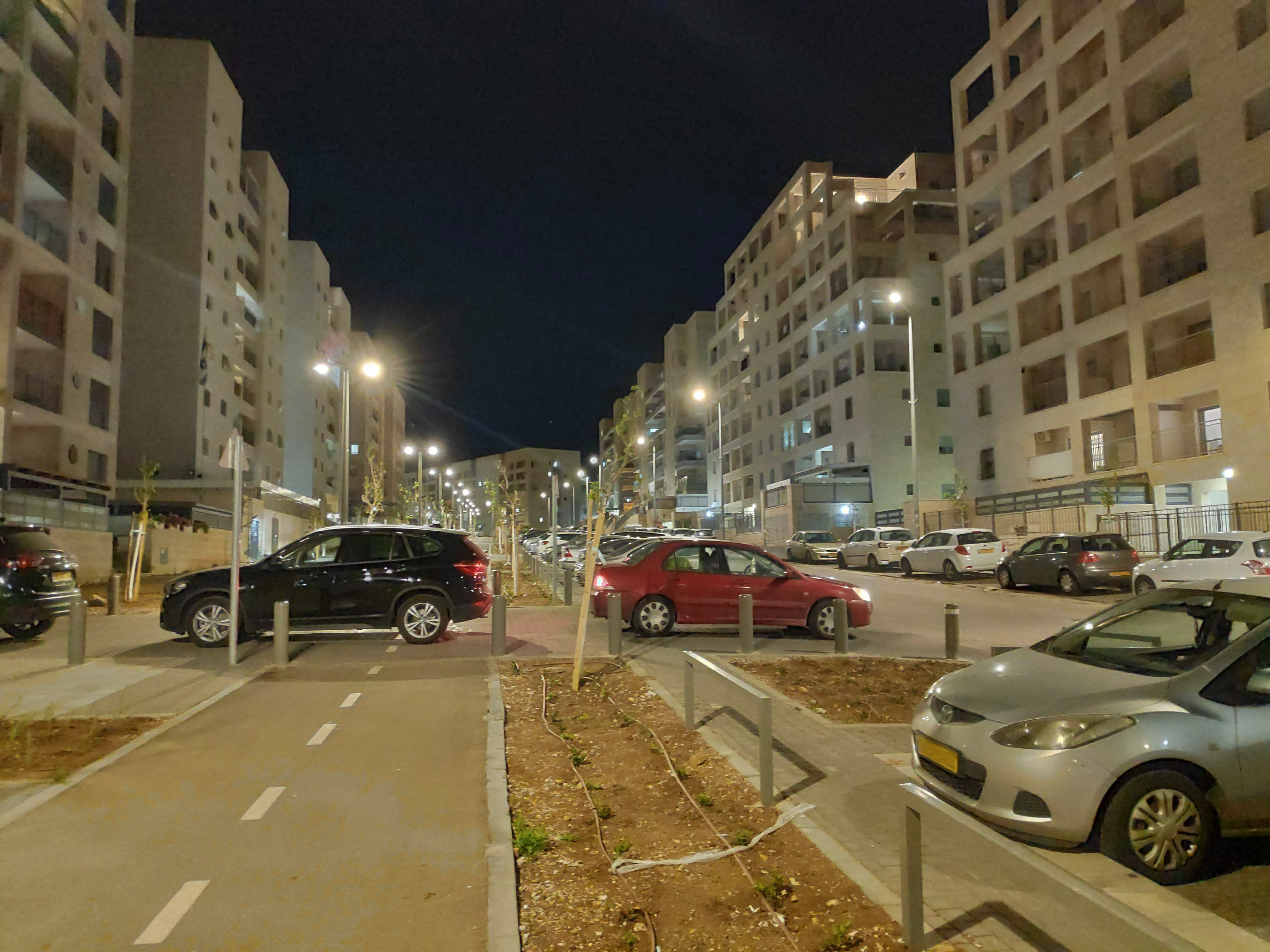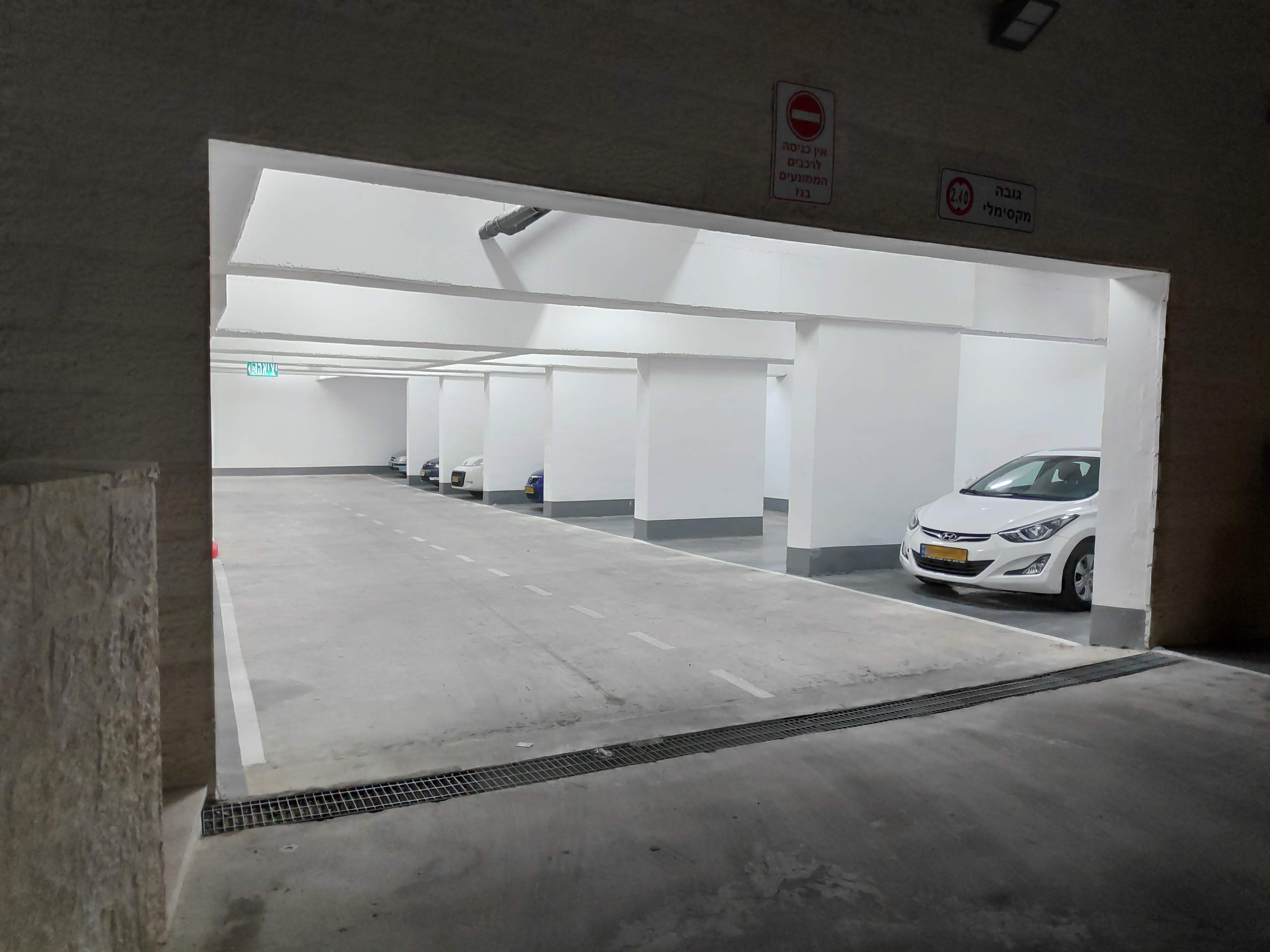Background
Parking planning and management are critical aspects of the transportation system and the urban built environment. On average, a private vehicle is in motion around 5% of the time. That is, the presence of a private car on the move is the exception. However, most of the car’s public attention is for when it is moving and not when it is parked. As a result, today, in many cities, public parking management is deficient. In the absence of proper management and pricing of on-street parking, and without a systemic vision of the parking inventory, there is no optimal parking resource utilization. Data-based parking policies and proper pricing can create a reality of optimizing its utilization while reducing congestion and creating a better and more efficient urban space. All this has led architect Maier Yagod and me to write (In Hebrew for now) an extensive, but yet brief, document on parking policy and management. The document attempts to make the research on parking that has been made by leading scholars around the world more accessible to the Israeli reader in the Israeli context. It includes fourteen steps for policymakers, where the first nine are steps to implement, and the last five are measures that can help cope with the political challenge of implementing the first nine.
The full document in Hebrew:
A Summary of the fourteen steps:
- Dynamic Pricing: On the street, charge the right price for every hour and area.
- Manage and price on-street parking for residents as well.
- “All may park - All must pay.” To Improve accessibility, eliminate payment exemptions, even for disabled badge holders.
- Encourage employers to allow their employees to cash-out parking with money.
- Remove minimum parking requirements.
- Park and walk - manage parking at the regional level.
- Manage and price parking at sporting and mass events.
- Create parking spaces for two-wheelers and manage them too.
- Mark where parking is allowed, not where parking is not permitted.
- Disconnect politics from the price.
- Technology is not a policy replacement. Use it to support the policy.
- Apply effective enforcement measures, but act fairly.
- Allocate most of the parking revenue to the area where they were collected.
- Distinguish between current residents living in the neighborhood and future residents.
| A new residential street in Jerusalem | And at the same time and place |
|---|---|
 |
 |
Bibliography
Bakis, O., Inci, E., & Senturk, R. O. (2019). Unbundling curbside parking costs from housing prices. Journal of Economic Geography, 19(1), 89-119.
Barter, P. A. (2015). A parking policy typology for clearer thinking on parking reform. International Journal of Urban Sciences, 19(2), 136-156.
Barter, P. A. Reinventing Parking. https://www.reinventingparking.org/p/podcast.html
Brueckner, J. K. & Franco, S. F. (2018). Employer-paid parking, mode choice, and suburbanization. Journal of Urban Economics, 104, 35–46.
Burckhardt, L., Ritter, M., & Schmitz, M. (2015). Why Is Landscape Beautiful?: The Science of Strollology (1st ed.). Basel, Switzerland: Birkhäuser.
Calthrop, E., & Proost, S. (2006). Regulating on-street parking. Regional Science and Urban Economics, 36(1), 29–48.
Chris McCahill and Satya Rhodes-Conway. (2015) Urban Parking: Rational Policy Approaches for Cities and Towns. Mayors Innovation Project.
Li, F., & Guo, Z. (2014). Do parking standards matter? Evaluating the London parking reform with a matched-pair approach. Transportation Research Part A: Policy and Practice, 67, 352-365.
Guo, Z. (2013). Does residential parking supply affect household car ownership? The case of New York City. Journal of Transport Geography, 26, 18-28.
Guo, Z., & Ren, S. (2013). From minimum to maximum: Impact of the London parking reform on residential parking supply from 2004 to 2010?. Urban Studies, 50(6), 1183-1200.
Jacobs, J. (1961). The Death and Life of Great American Cities. New York: Random House.
Litman, T. (2016). Parking requirement impacts on housing affordability. Victoria Transport Policy Institute.
Lynch, K. (1960). The Image of the City. MIT Press.
Manville, M. & Williams, J. A. (2012). The price doesn’t matter if you don’t have to pay: legal exemptions and market-priced parking. Journal of Planning Education and Research, 32(3), 289–304.
Portland Northwest Parking District Reports, https://www.portland.gov/transportation/parking/northwest-parking-district
Pressl R. & Rye, T. (2020). Good Reasons and Principles for Parking Management. park4sump.eu
Shoup, D. (2017). The High Cost of Free Parking: Updated Edition. Routledge.
Shoup, D. C. (2018). Parking and the City. New York: Routledge.
Sim, D. (2019). Soft City: Building Density for Everyday Life. Island Press.
Speck, J. (2012). Walkable City: How Downtown Can Save America, One Step at a Time. Farrar, Straus and Giroux.
Van Ommeren, J., Wentink, D., & Dekkers, J. (2011). The real price of parking policy. Journal of Urban Economics, 70(1), 25-31.
Weinberger, R. (2012). Death by a thousand curb-cuts: Evidence on the effect of minimum parking requirements on the choice to drive. Transport Policy, 20, 93-102.
Wilson, R. W. (1992). Estimating the travel and parking demand effects of employer-paid parking. Regional Science and Urban Economics, 22(1), 133-145.